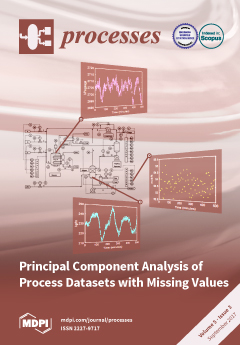Open AccessFeature PaperArticle
Characterizing Gene and Protein Crosstalks in Subjects at Risk of Developing Alzheimer’s Disease: A New Computational Approach
by
Kanchana Padmanabhan, Kelly Nudelman, Steve Harenberg, Gonzalo Bello, Dongwha Sohn, Katie Shpanskaya, Priyanka Tiwari Dikshit, Pallavi S. Yerramsetty, Rudolph E. Tanzi, Andrew J. Saykin, Jeffrey R. Petrella, P. Murali Doraiswamy, Nagiza F. Samatova and Alzheimer’s Disease Neuroimaging Initiative
Cited by 2 | Viewed by 6979
Abstract
Alzheimer’s disease (AD) is a major public health threat; however, despite decades of research, the disease mechanisms are not completely understood, and there is a significant dearth of predictive biomarkers. The availability of systems biology approaches has opened new avenues for understanding disease
[...] Read more.
Alzheimer’s disease (AD) is a major public health threat; however, despite decades of research, the disease mechanisms are not completely understood, and there is a significant dearth of predictive biomarkers. The availability of systems biology approaches has opened new avenues for understanding disease mechanisms at a pathway level. However, to the best of our knowledge, no prior study has characterized the nature of pathway crosstalks in AD, or examined their utility as biomarkers for diagnosis or prognosis. In this paper, we build the first computational crosstalk model of AD incorporating genetics, antecedent knowledge, and biomarkers from a national study to create a generic pathway crosstalk reference map and to characterize the nature of genetic and protein pathway crosstalks in mild cognitive impairment (MCI) subjects. We perform initial studies of the utility of incorporating these crosstalks as biomarkers for assessing the risk of MCI progression to AD dementia. Our analysis identified Single Nucleotide Polymorphism-enriched pathways representing six of the seven Kyoto Encyclopedia of Genes and Genomes pathway categories. Integrating pathway crosstalks as a predictor improved the accuracy by 11.7% compared to standard clinical parameters and apolipoprotein E
ε4 status alone. Our findings highlight the importance of moving beyond discrete biomarkers to studying interactions among complex biological pathways.
Full article
►▼
Show Figures





